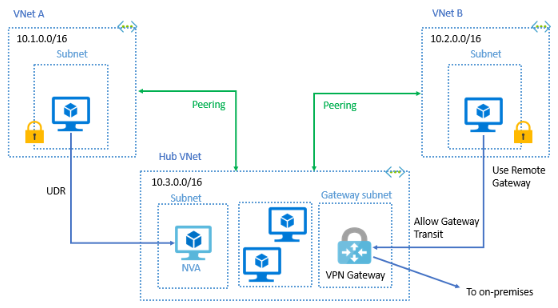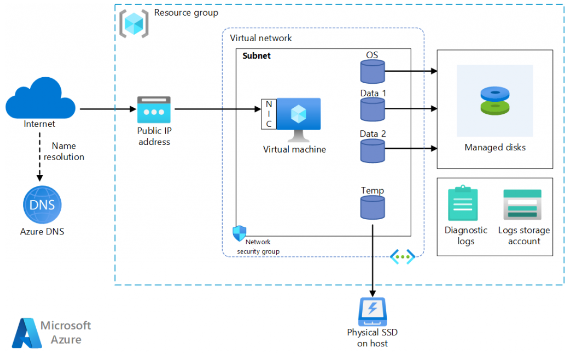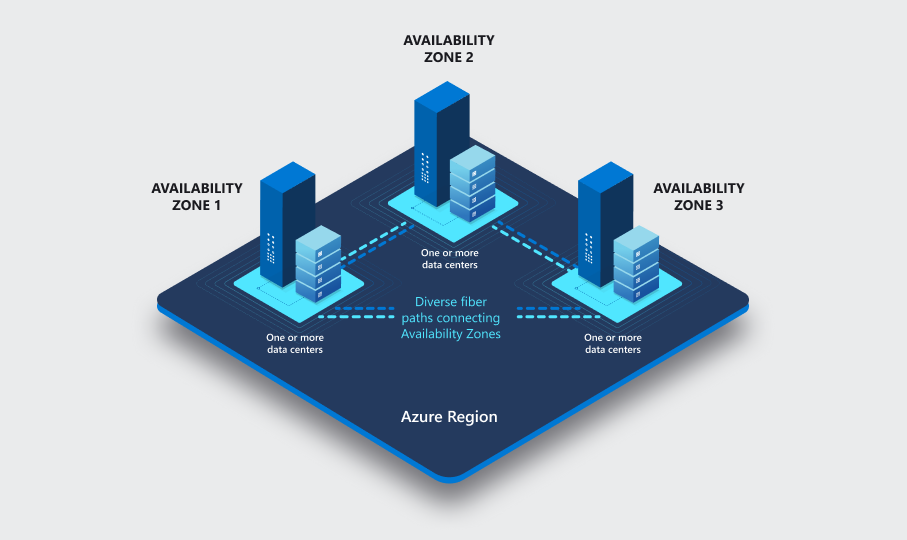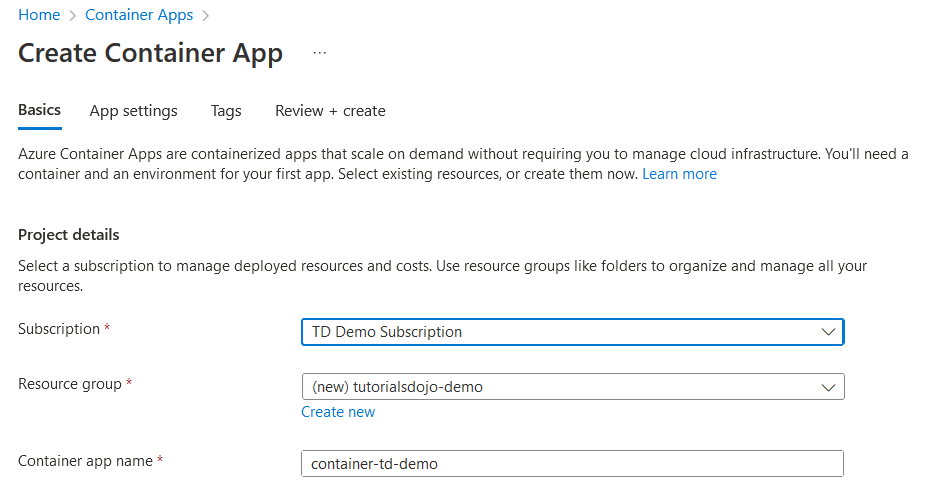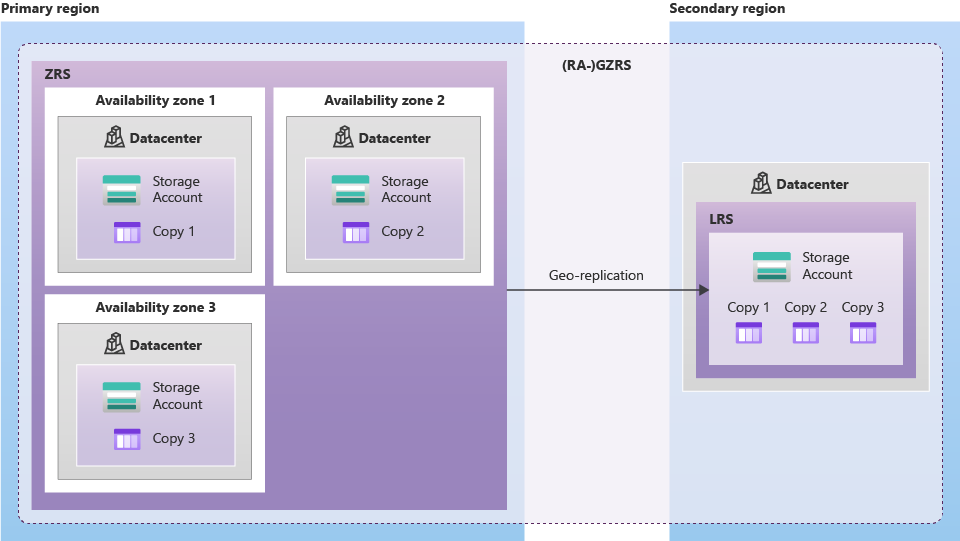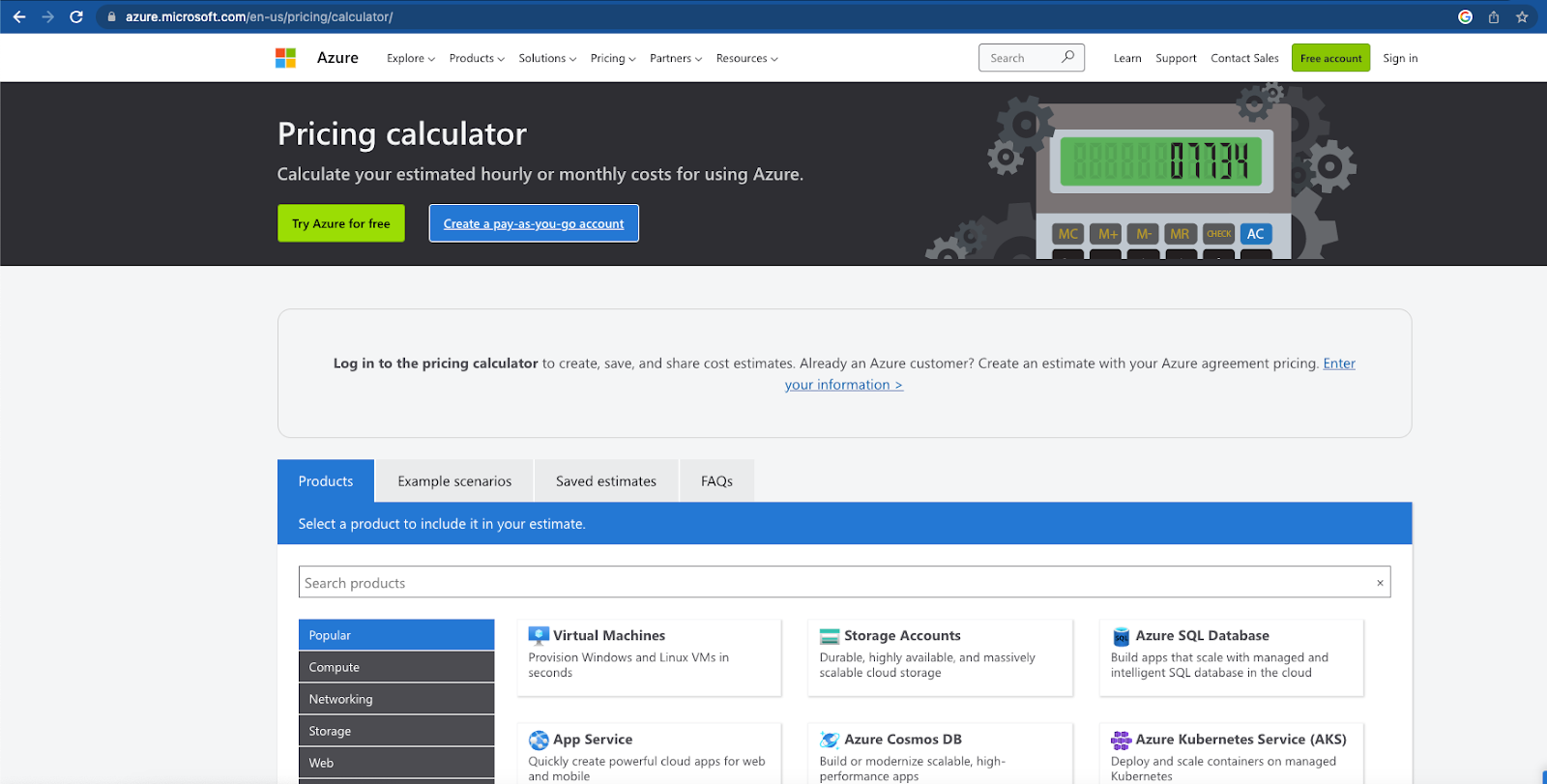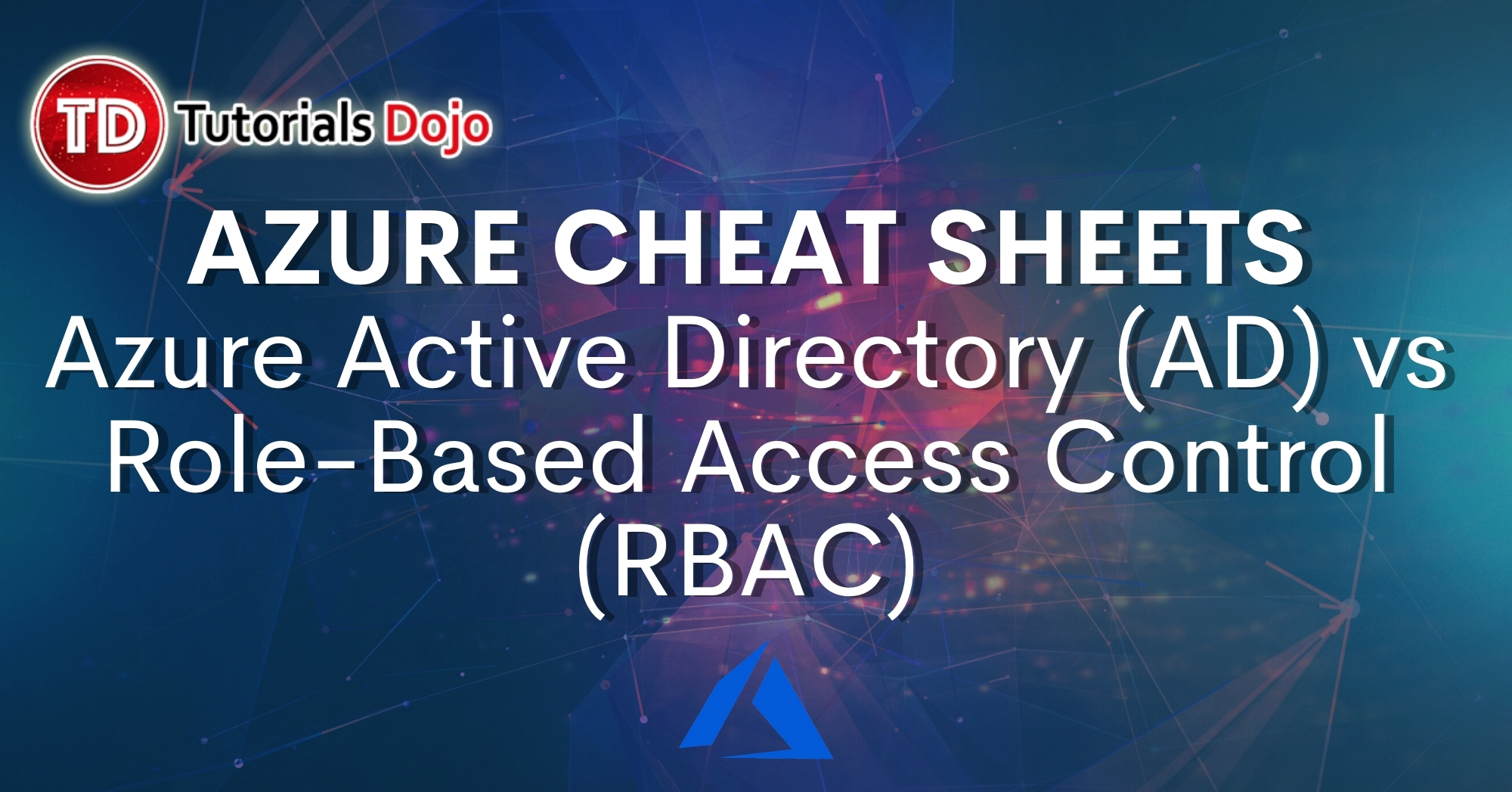How To Peer Two Azure Virtual Networks
Matt Hidalgo2023-04-27T03:35:08+00:00Organizations rely on efficient and secure communication between various infrastructure components in today's breakneck speed and interconnected world. Virtual Network Peering is a powerful solution to address these needs by seamlessly connecting resources across different Azure virtual networks. This feature enables organizations to optimize their network performance, reduce latency, and enhance security, all while minimizing costs. In this article, we will delve into the concept of virtual network peering, explore its benefits, and how to peer two virtual networks and test the connection between the two peered virtual networks using Azure virtual machines. Understanding Azure Virtual Network Peering Virtual network [...]

